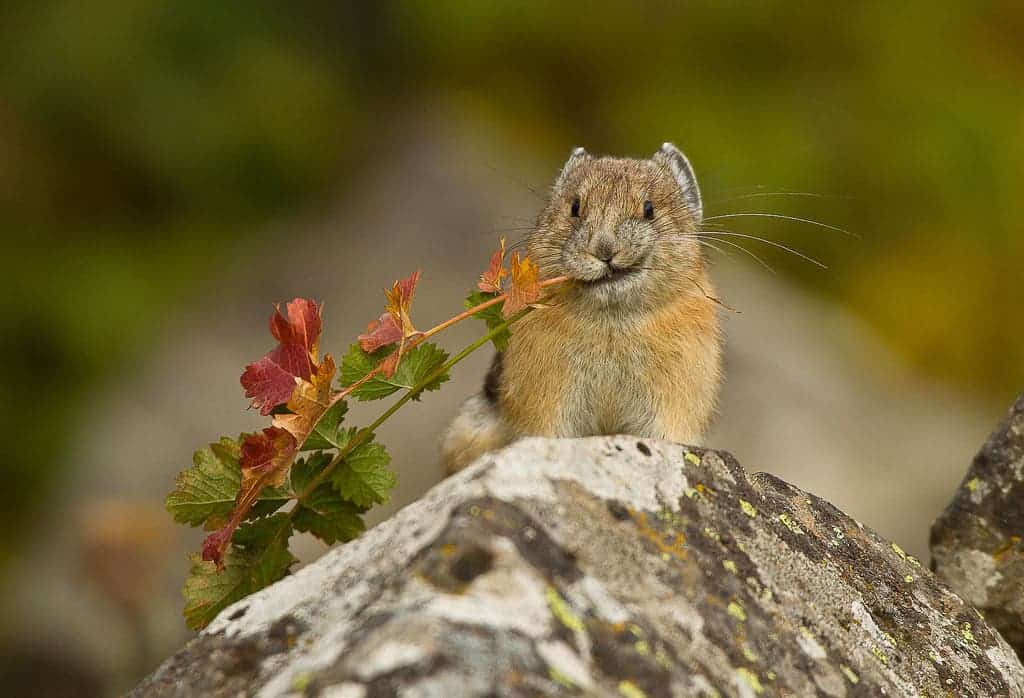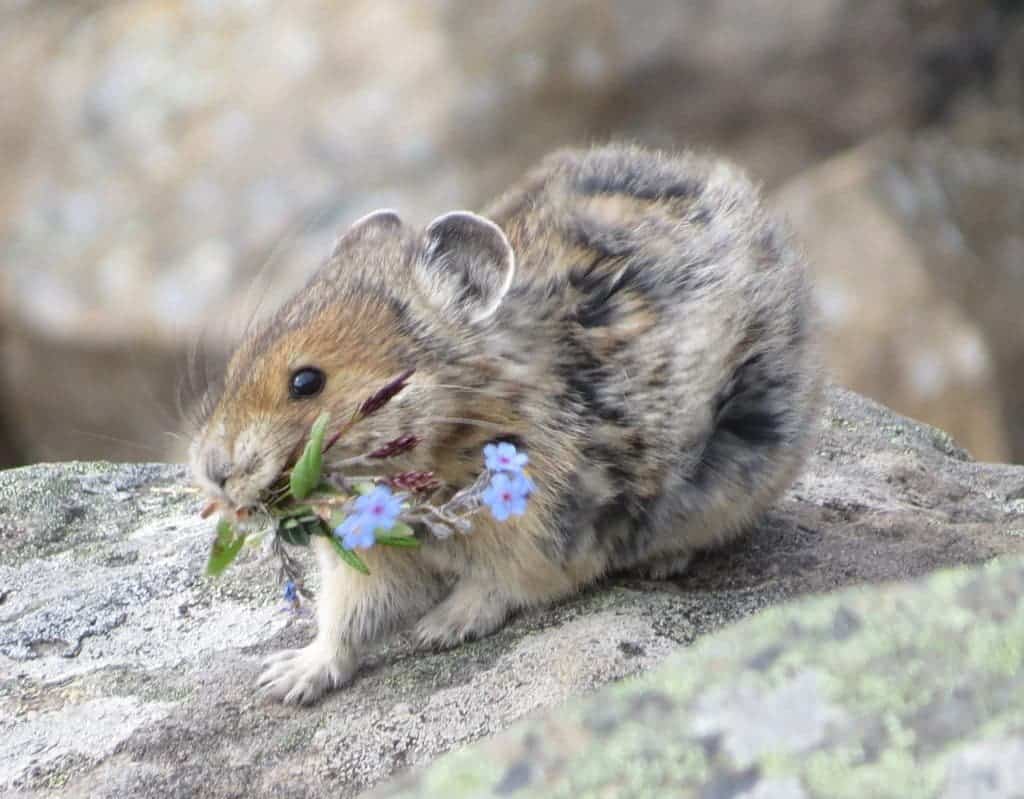It was widely thought that faced with global warming, the American pika (Ochotona princeps) would be forced to higher and higher altitudes and would ultimately run out of space. But a new study shows the little critters to be much more resilient than expected.

It’s not the first time the American pika situation has been assessed. When previous efforts attempted to document their habitats, researchers found that many of these sites no longer were occupied. It was thought that due to rising temperatures, the pikas were migrating higher up, where the temperatures were more bearable. However, these studies were only focused on historic sites and didn’t examine the overall distribution of pikas, including the marginal locations.
In a new study, researchers examined the largest set of records for occupied and extirpated (vacant) pika sites. They report that while the pikas are indeed adapting to climate change and moving to higher altitudes, they are also inhabiting climates and territories never before reported.
Essentially, the pikas were found to be much more resilient than expected — they can survive in conditions wetter and colder, as well as warmer and drier than expected. Individuals were found at elevations spanning 7,800 feet, from 5,350 feet to above 13,000 feet, and traversing 40 mountain ranges across California, Oregon, Nevada, and Utah, in an area called the Great Basin.
All in all, the team discovered 2,387 records of occupied pika sites, with 89 records of previously occupied sites that were later found vacant, and 774 records of sites that contain older signs of occupancy, but at which extirpation could not be confirmed. All in all, global warming alone was not found to be responsible for the movement patterns of the pikas — several areas of population loss were found close to other inhabited areas sharing a similar climate, so there are definitely other factors which affect the critters.
“This evidence provides an important new perspective on the status of pikas in the Great Basin,” said Connie Millar, a senior research ecologist with the U.S. Forest Service’s Pacific Southwest Research Station and lead author of the study. “Pikas are persisting broadly across the region, and these findings give us reason to believe that the species is able to tolerate a wider set of habitat and climate conditions than previously understood.”

In an email to ZME Science, Millar explained that American pikas might not be unique in their resilience — several other similar animals might adapt better than expected. However, studying them and thoroughly assessing the situation is not an easy feat.
“I believe we could expect to find other small mammals similarly able to tolerate aspects of changing climates as we have found with pikas.”
“Part of the challenge to explore this is methodological in regard to our ability to document current distributions of species (and how they change over time): pikas are relatively much easier to survey for presence than many other small mammals – they are diurnal, easily identified by sight and sound, and leaving indistinguishable indirect signs (“haypiles” and fecal pellets) that persist for decades. Many other small mammals are nocturnal and do not leave readily diagnosed indirect sign – they must be trapped to document presence or absence from a location. Thus, much more time and effort is required to document any effects of climate change over time. I expect that if we were able to survey many small mammal species across large areas and at regular (annual) intervals, we would find species that were coping with changing climates.”
Recognizing the other factors which, along with climate change, account for shifts and declines in populations is also important. Researchers suggest that in light of recent findings, several policy changes should be considered.
“First in importance in my mind is for conservation priority setting. Management to protect species from climate effects is almost always expensive in time and staff, and land-managing and conservation agencies must prioritize their work. If work such as ours suggests a species might not be at as high risk as previously thought, attention can turn to species at higher risk,” Millar told ZME Science.
Human intervention is also possible, though quite risky. Millar says before any such intervention, we need to better understand the overall situation of the creatures.
“For pika in particular, there has been discussion about possibilities of using assisted migration (also called facilitated translocation) for pikas in the Great Basin. Such a management strategy would entail moving animals from areas where they exist into sites where they are thought to have extirpated. In general, this conservation strategy is highly controversial and involves consider potential risks (with detrimental outcomes) and thus would take extreme conditions and extensive pre-treatment study to implement. I believe that our findings relax the concerns for using assisted migration of pikas in the Great Basin for now.”
Journal reference: Constance Millar et al. “Distribution, climatic relationships, and status of American pikas (Ochotona princeps) in the Great Basin, USA.” http://dx.doi.org/10.1080/15230430.2018.1436296


